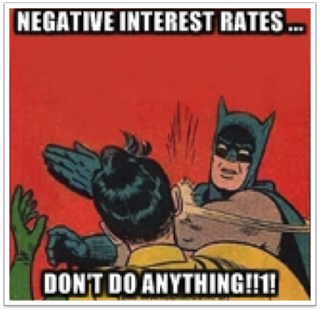From the abstract: This paper explores zero lower bound (ZLB) economics. The ZLB is widely invoked to explain stagnation and it fits with the long tradition that argues Keynesian economics is a special case based on nominal rigidities. The ZLB represents the newest rigidity. Contrary to ZLB economics, not only does a laissez-faire monetary economy lack a mechanism for delivering the natural rate of interest, it may also lack such an interest rate. Moreover, the ZLB can be a stabilizing rigidity that prevents negative nominal interest rates exacerbating excess supply conditions. Read full paper here.
Topics:
Matias Vernengo considers the following as important: 'zero growth', New Keynesians, Palley, zero lower bound
This could be interesting, too:
Matias Vernengo writes Paul Davidson (1930-2024) and Post Keynesian Economics
Matias Vernengo writes Paul Davidson (1930-2024)
Matias Vernengo writes My short piece on Solow and his relation to the Review of Keynesian Economics
Matias Vernengo writes Keynes’ denial of conflict: a reply to Professor Heise’s critique
From the abstract:
Read full paper here.This paper explores zero lower bound (ZLB) economics. The ZLB is widely invoked to explain stagnation and it fits with the long tradition that argues Keynesian economics is a special case based on nominal rigidities. The ZLB represents the newest rigidity. Contrary to ZLB economics, not only does a laissez-faire monetary economy lack a mechanism for delivering the natural rate of interest, it may also lack such an interest rate. Moreover, the ZLB can be a stabilizing rigidity that prevents negative nominal interest rates exacerbating excess supply conditions.

